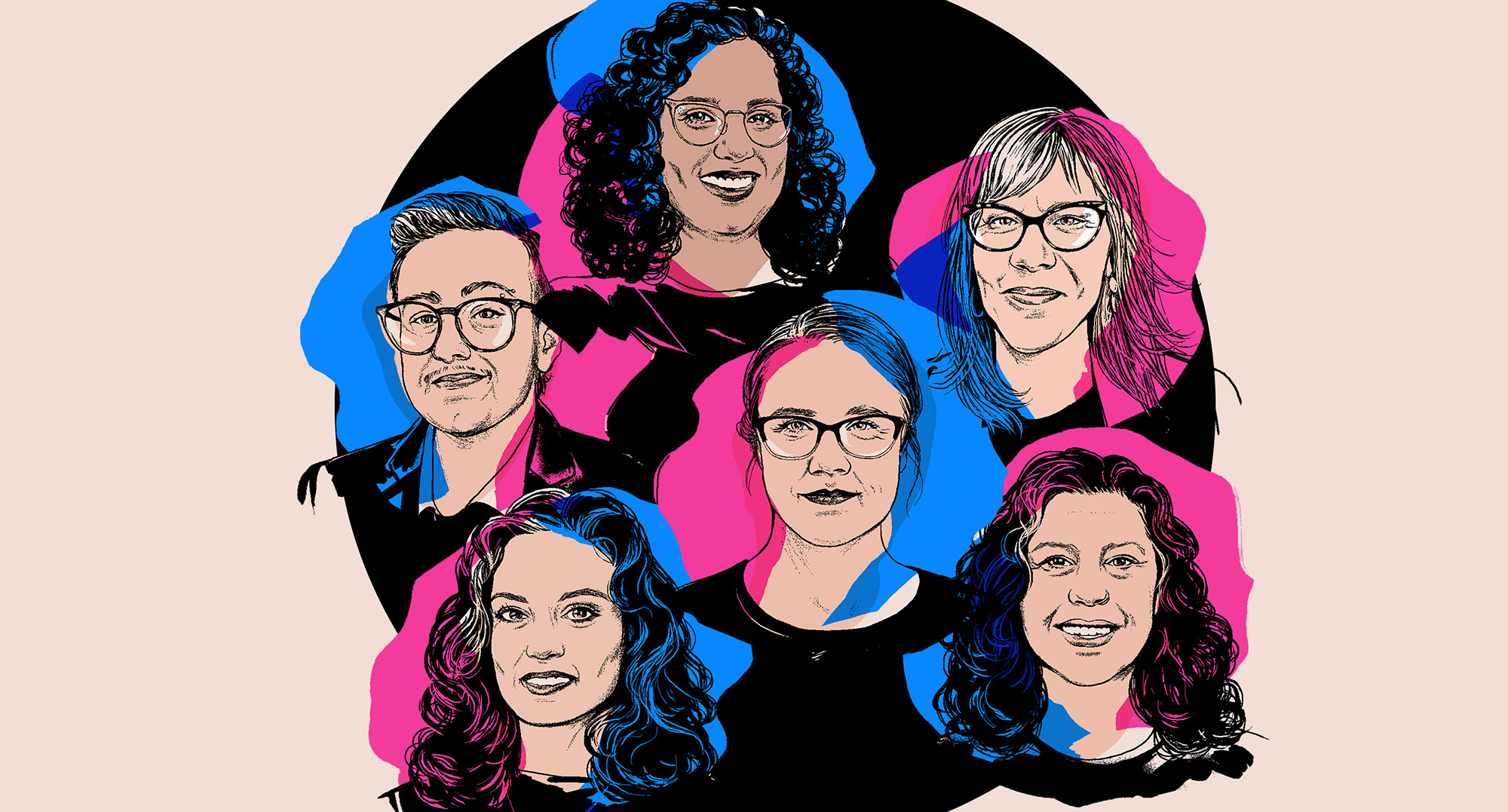Six people who have been sources in abortion coverage spoke to CJR about how they weigh the potential benefits and risks of talking with the press, what those interactions have been like, and consequences they’ve faced. Their comments have been edited for clarity.
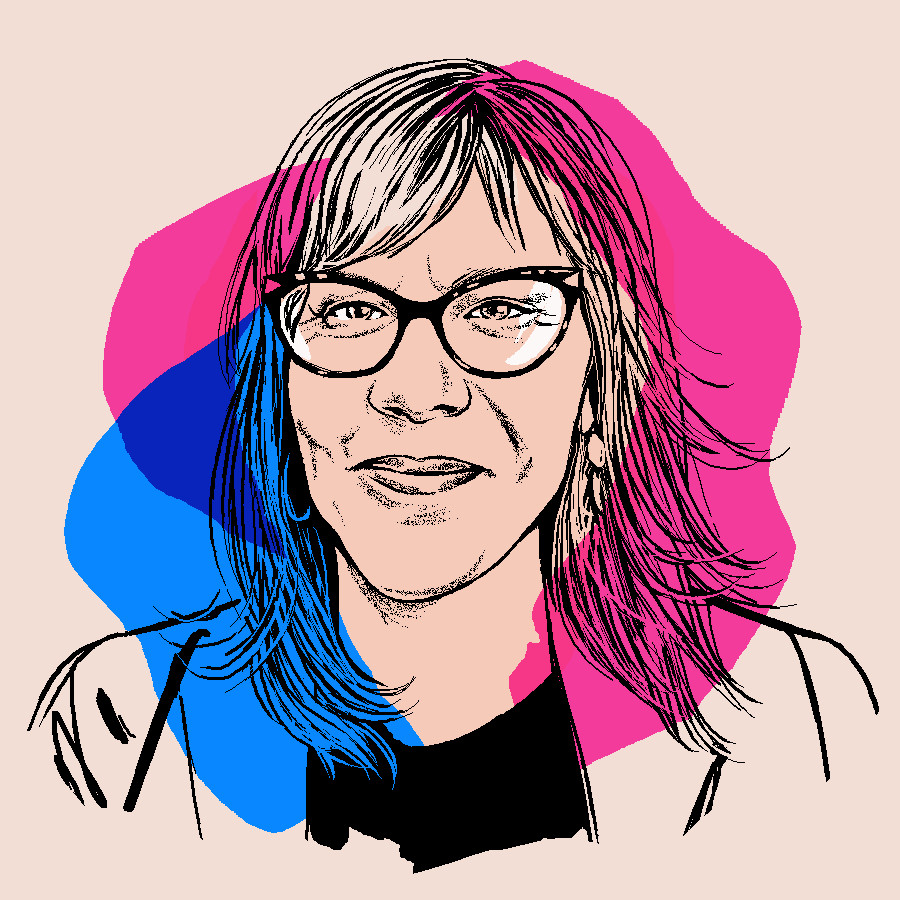
Amy Hagstrom Miller, who runs Whole Women’s Health, an organization that oversees abortion clinics around the country and was the lead plaintiff in Supreme Court cases on abortion rights
A couple of times I said to reporters, “The verb in your sentence is not the right verb. I’m not closing my clinic. I’m being forced to stop doing the work that I love, and I need you to change the question.”
I have had threats numerous times. I’ve had threats like “I’m gonna come to your house and I’m going to picket you” or “I know where you live.” Stuff like that will come over Facebook Messenger. Lots of hacking attempts on our website—a lot. They’re pretty directly correlated to when one of us is in the press—on TV, primarily. We’ve taken lots of precautions to try to protect our home addresses. In the past, I know one of my staff had antiabortion people come to her son’s football game and scream and yell at her.
It’s really important to me to lift up the humanity of the abortion provider in the American dialogue. That part of our identity is often not really talked about, because antiabortion people like to like frame people like myself as profiteers or say that we are harming people or some crap. Staff at my clinic in McAllen, at the Texas–Mexican border—they all live in that community, they are part of that community, and they can no longer provide abortions, but they know the same amount of abortions are still needed in that community. What is it like to be a highly trained professional, who knows the need is still there, but your hands are tied, and you’re no longer able to provide it? In fact, you’re criminalized. Another narrative that’s missing in the story is that the vast majority of people who have abortions in this country are parenting already—upwards of 60 percent. I don’t think we talk about abortion justice as an economic-justice issue, as a family issue, and as a human rights issue that applies to men as well as women.
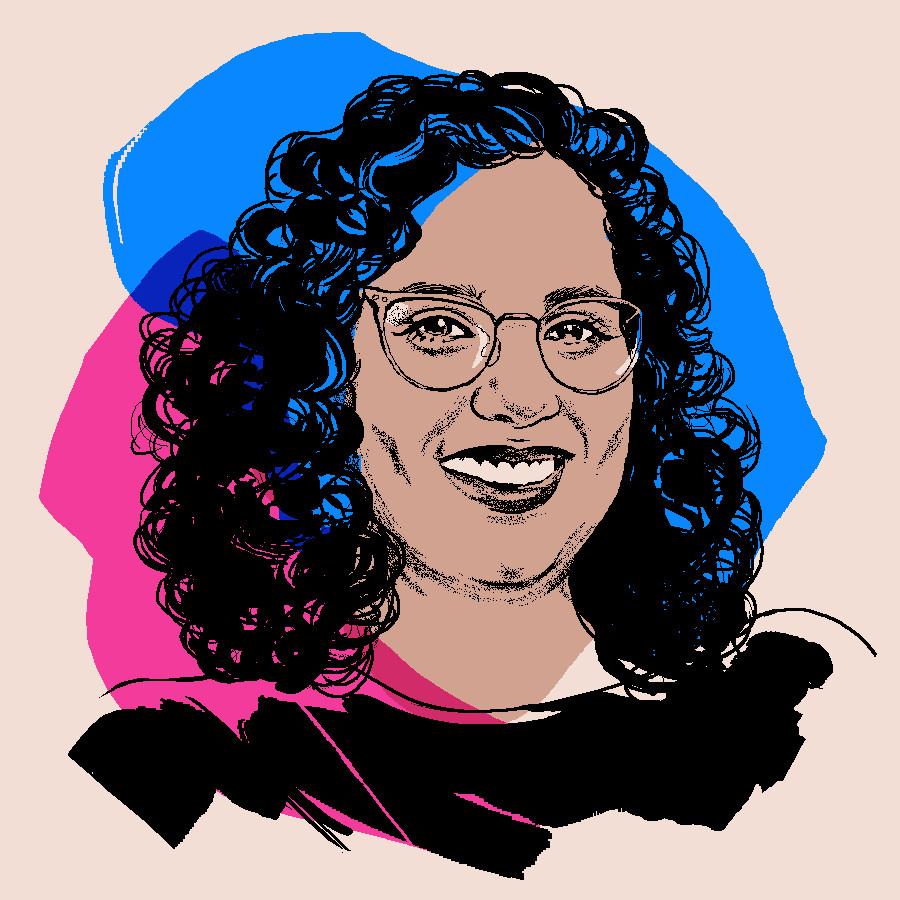
Renee Bracey Sherman, founder and executive director, We Testify, an organization that elevates abortion storytellers’ voices in the media and helps the media better contextualize abortion care
I started sharing my abortion story because there were so few people of color talking about it, and I didn’t see anyone who looks like me talking about abortion—their abortions—when I had mine. It felt important to me to build up the leadership of other people who have had abortions so that the abortion stories we hear are as diverse as the people who have them. And then when I learned the stat that the majority of people who have abortions are people of color, I was floored, because these are not the stories that we were hearing.
We have conversations before participating in interviews: What does it look like if someone in your family saw this and you weren’t ready for them to? How would you react? How do you want to handle this? We do preparation and support around if they were to deal with harassment. We have a lot of tactics; we try to protect our storytellers as much as possible from the harassment they experience. And of course, we do our best to just support each other and give each other a lot of love and care.
Respect a boundary when it’s been told. I don’t care how great you think your story is going to be, it’s not going to change hearts and minds that you think it will. And the majority of the country is already with us. The majority of the country supports abortion.
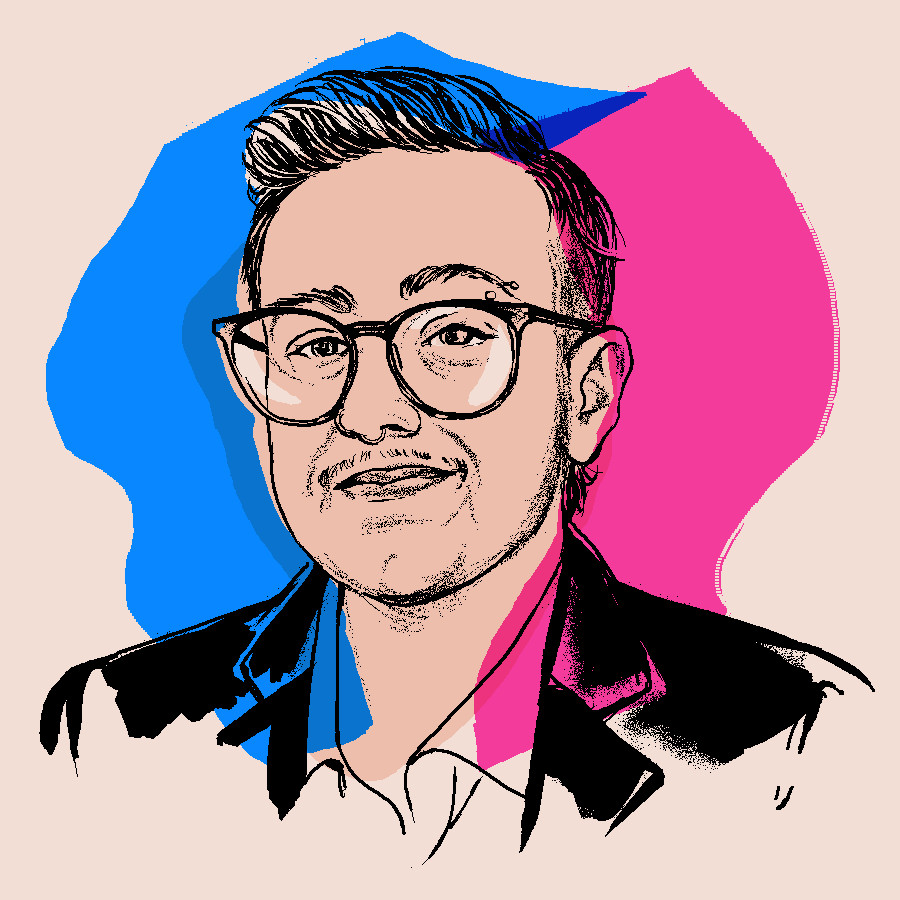
Oliver Hall, trans-health director at Kentucky Health Justice Network, an organization that advocates, educates, and provides direct services to help Kentuckians achieve reproductive justice and access healthcare
The first interaction I had with a reporter was a little rough, as the journalist was not gendering me correctly throughout the interview, which makes it really hard to feel comfortable sharing an intimate and difficult part of your life. I remember feeling, “Oh, God, I do not ever want to talk to a reporter again.” And I think I did not for at least another year. Then I realized I could do my own little bit of vetting.
It is easy for some people to get their head around the idea that some trans people are still capable of being pregnant, so they need access to abortion. But let’s think about what specific barriers trans people face that cis people seeking abortion access might not face. Things like being misinformed about their risk of pregnancy because of hormone replacement therapy, because doctors are routinely misinforming patients about that. Or how higher poverty levels and lack of access to transportation disproportionately impact trans people who are living in states where there are total bans.
I have gotten questions like: “Oh, that sounds like that must have been a dramatic, dramatic experience—did you have to go to the hospital? Did you need therapy after?” Without me saying myself, “It was traumatic for me,” they are already coming with a preconceived narrative of what my experience was like.

Jennifer Lincoln, an ob-gyn in Portland, Oregon, who cofounded Obstetricians for Reproductive Justice and is the author of Let’s Talk About Down There: An OB-GYN Answers All Your Burning Questions… Without Making You Feel Embarrassed for Asking
I was approached to do a podcast with Michael Knowles from the Daily Wire, who does a show with Ted Cruz, and he wanted to debate abortion. I didn’t even respond, because there is no abortion debate. There’s your opinion and my opinion—and I can also just go screaming into a void, and that’s just as useless as it would be spending my time with this sort of endeavor. So for me, it’s just about, you know, what is a journalist’s goal here? Are they trying to educate or exploit?
Studies show that when people see stuff on social media, if they know that person, they’re far more likely to believe it, whether it’s good information or not and whether the person they know is an actual expert or not. So when people see my face constantly, then they’re more likely to believe something I say. I think it’s important that we are visible. And I think there’s a huge problem in medicine, especially in reproductive health, where physicians and healthcare providers have not listened and have exploited women, especially women of color, and so they already come into this feeling suspicious. So I’m trying to show that we will listen. We are like you. We are fighting back.
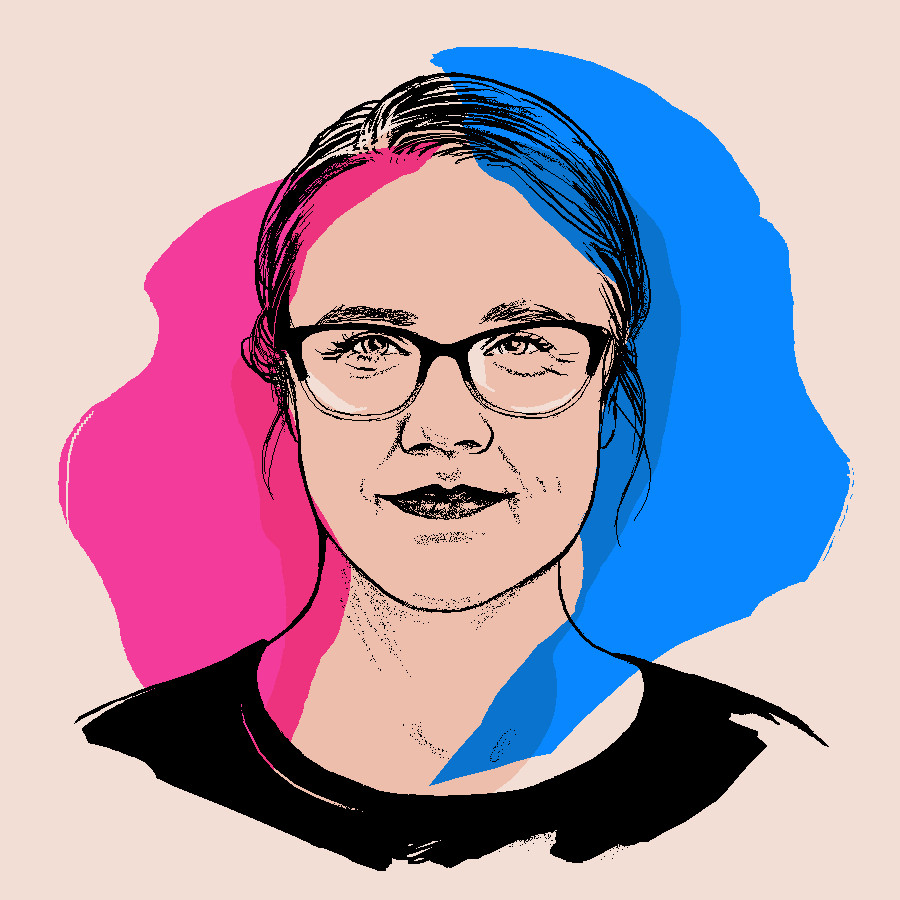
Erika Christensen, who spoke pseudonymously with Jia Tolentino about her third-trimester abortion for a 2016 Jezebel piece and has since come forward to speak with journalists under her own name
The first time I ever talked to media about abortion specifically, I was anonymous. It was out of a desire to protect myself from harassment, because I was talking as a patient who had a later abortion. There’s so much stigma around abortion generally, but especially around later abortion, and even more especially around third-trimester abortion, which is the most uncommon abortion care that people seek.
A lot of people who had third-trimester abortion experiences reached out to me through the writer Jia Tolentino. She forwarded a bunch of emails from patients or husbands of the patients—you know, just sort of wanting to connect. I realized I wasn’t ashamed of what I had done. And I would never want anyone to think I was, by being anonymous. I wanted people to see someone speaking about it in the light, transparently, under their own name, even if there is harassment involved.
I wish in the early days we had not perpetuated certain stereotypes and misinformation just by, frankly, telling my story and not having the wherewithal or knowledge yet to provide the education with it. Stories like mine—and specifically mine—have been used to perpetuate the myth that most later abortion care is done in cases of a fetal diagnosis. And that is a tragedy.
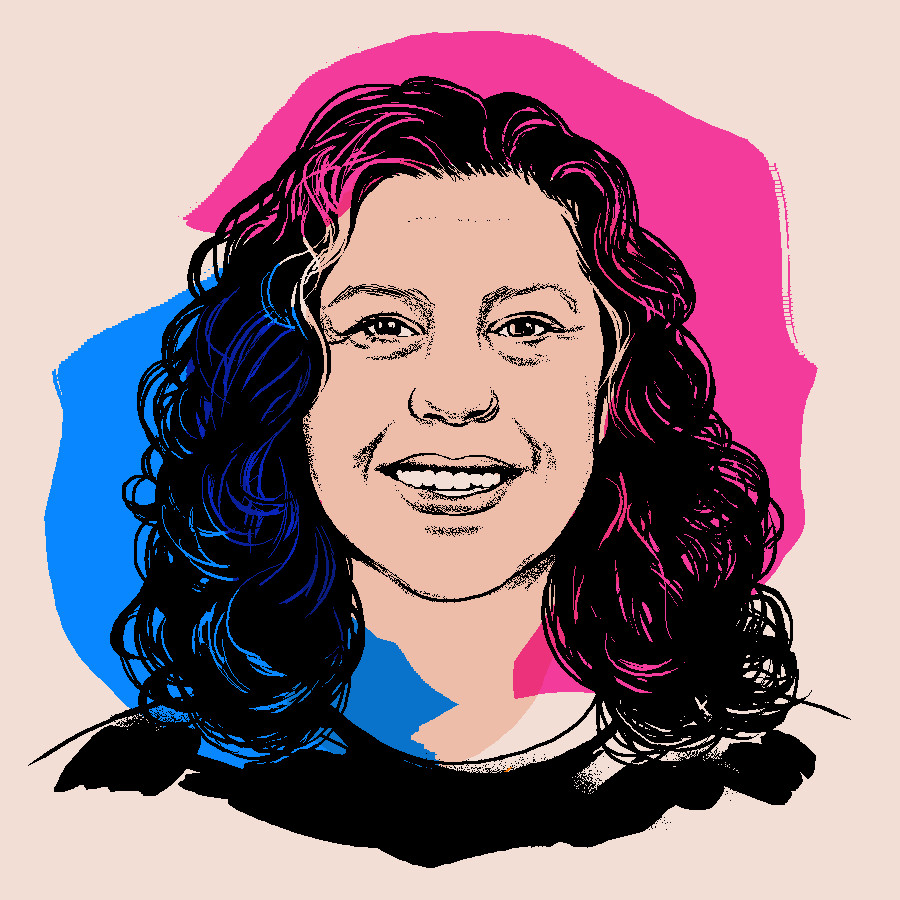
Kirstin Cassell, a trauma therapist in Greensboro, North Carolina, who volunteers as a clinic escort. In June, an antiabortion activist struck Cassell with his car while she was training another escort.
Choosing to speak to the media was a cost-benefit analysis. I need the community to know that this happens outside our clinic—and the risk to myself, the risk to my children. I had a restraining order against the guy who hit me with the car, and I had to pull my children aside, show them his picture, and say, “If you see this person, you need to call the police.” That’s an incredibly terrifying thing to have to do. They’ve seen me go to court. My youngest child came home during the photo shoot for one of the newspaper articles and was like, “Oh, hi, Mom, what are you doing?” I’m not in the newspaper for something awesome. Someone could choose to retaliate, and it is terrifying. But if I don’t speak up, who will? It is both of those things.
If the media shows up at the clinic while we are escorting, we’re not going to talk to you. We are there with a job to do, and it is patient safety. And talking to a reporter is not going to make a patient more safe. I think the biggest thing is balancing our desire for people to know what’s going on with abortion and doing our work.
I wish the media talked more about how Roe v. Wade was not enough—that we did not actually have real access to abortion as healthcare even before Roe was overturned.
Pesha Magid, Mercy Tonnia Orengo, and Emily Russell are CJR fellows.


